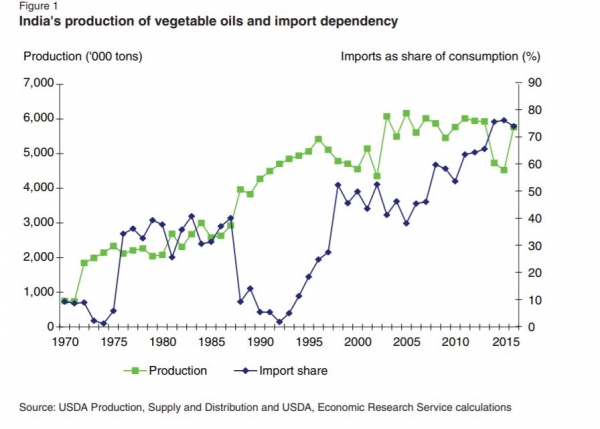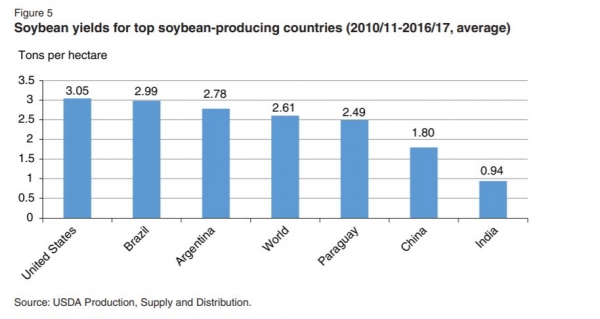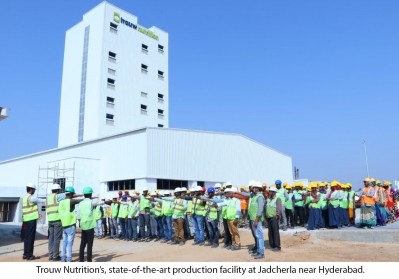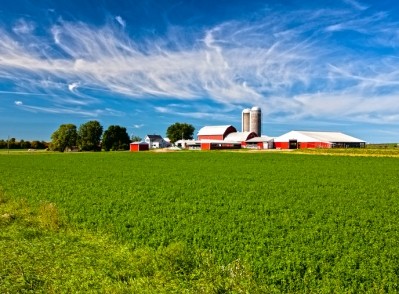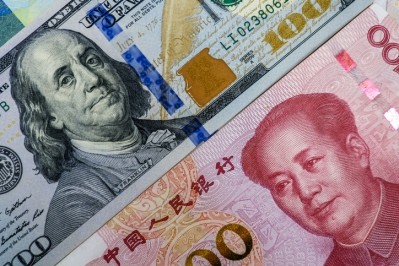Changing soybean import polices may boost protein meal production, use in India

The US Department of Agriculture (USDA) released information regarding the influence of soybean import barriers on producers in India in a report from the Economic Research Service (ERS).
India is one of the largest global importers of vegetable oil, accounting for about 20% of global vegetable oil imports in 2016, said Suresh Persaud, agricultural economist with ERS in a report on the market. But its domestic production of oilseeds does not meet domestic demand.
“Domestic production of meal, which is used primarily as a protein ingredient in livestock feed rations, has not kept pace with the demands of India’s rapidly expanding poultry and egg sectors,” he said in the report. “India’s once significant exports of soybean meal have diminished – in marketing year (MY) 2015/16, India narrowly avoided becoming a net importer by drawing down stocks.”
A distinctive feature of the Indian market is that although imports of vegetable oils are sizable and domestic soybean meal use has grown by double digits in the past decade, India’s tariff and nontariff barriers effectively prevent imports of oilseeds, said Persaud.
Despite allowing imports of vegetable oils, subject to tariffs, that are produced from genetically modified (GM) oilseeds, India does not grow or import GM soybeans (Singh, 2018), he said.
Low supplies of domestically produced oilseeds also limit capacity utilization rates among India’s processors, which are generally of small scale. The result is high domestic oilseed processing costs, which are covered by domestic oil prices, which are above world prices, at the expense of consumers, found the report.
Although non-GM soybeans can be imported without quantitative restrictions, such imports are not economically viable because they face a 30% tariff and additional complex phytosanitary requirements (USDA, 2018c), said Persaud.
Trade liberalization
Increasing trade liberalization, however, could expand India’s soybean processing sector and allow it to become a “high-volume, lower margin industry,” the author said.
“With imported soybeans, processors could more fully utilize their existing crush capacity, reduce their unit costs, and sharply expand their sales volumes and revenues. Thus, processors would receive substantial economic benefits from improved access to imported raw materials. If India maintains its soybean oil tariff, imports of soybeans would be economically attractive even when subject to a tariff that protects Indian soybean farmers.”
“Access to imported soybeans also allows India to expand domestic meal production and keep domestic meal prices in check, which is supportive of continued rapid growth in India’s livestock sector,” added the market specialist.
Domestic production and feed demand
Soybeans are about 45% of the oilseed crop in India.
For all of India’s major oilseeds, from groundnut, rapeseed, soybeans, and sunflower, yields have stagnated at levels that are low by international standards. For example, India’s soybean yields are roughly one-third those achieved in the United States and Brazil, noted the author.
“India’s production of vegetable oils and soybean meal has not kept pace with demand,” he said. “Although India was once a significant exporter of soybean meal, these surpluses are being absorbed by the rapidly growing domestic demand for livestock feed.”
Expansion of soybean production tends to come from an increased area of production, he said. Future growth in soybean production would take land from other feed or food crops.
Feed demand for soybean meal has grown about 21% annually since 2007, he said.
In 2017, the total use of protein meal in feed was about 15m metric tons (MT) with soybean meal accounting for about 34% or 4.8m MT, the author said. However, the use rate remains below the world average.
“India's relatively low soybean meal utilization rate of 34% suggests substantial room for future growth in soy demand, due to the combined effects of shifting toward feed rations that contain a higher percentage of soy, as well as continuing growth in livestock numbers to meet expanding consumer demand,” he said.
Excess supplies of protein meals have dwindled, and the country could be close to a soybean meal deficit if there was a challenge to annual production, he said.
Modeling change
The author developed multi-year simulations using a structural model to examine the likely effects of these key factors on India’s projected consumption, production, and trade flows of soybean oil, soybean meal, and soybeans.
He first generated a reference scenario involving a 10-year projection, beginning in 2016 and ending in 2026, for India’s soybean sector. That model provides a “business as usual” projection that is based on existing policies and assumed changes in key exogenous variables, including income growth, exchange rates, and world prices. The reference scenario is then compared to an alternative scenario (Scenario II) that analyzes the effects of removing non-tariff barriers to imported soybeans, said Persaud.
Under the alternate scenario, he said he shows that potential gains in sales revenues as well as cost savings associated with the ability to import soybeans and improve utilization rates in India’s processing industry.
"We also demonstrate the means to distribute those gains through adjustments to India’s tariffs on imported soybeans. A key finding is that imported soybeans are economically attractive to processors, even with a soybean tariff that protects Indian soybean farmers. Access to imported soybeans also allows India to expand domestic meal production and keep domestic meal prices in check, which is supportive of continued rapid growth in India’s livestock sector."
